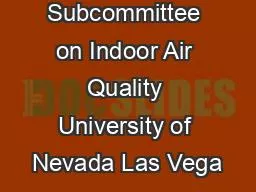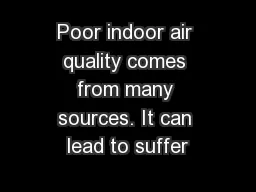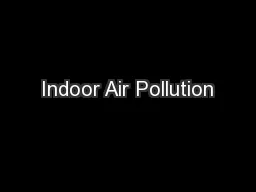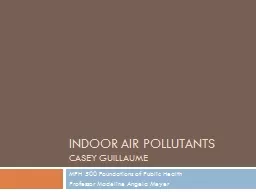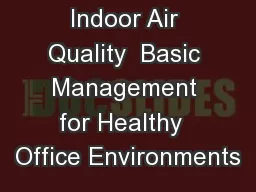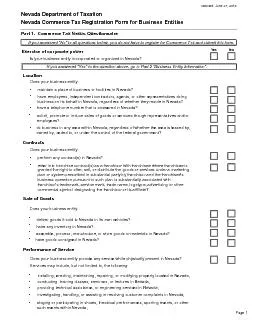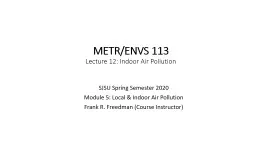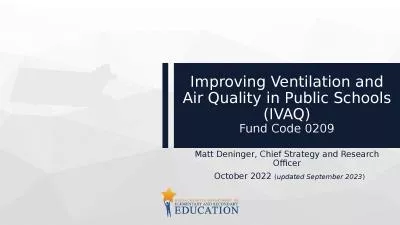PDF-Chair Subcommittee on Indoor Air Quality University of Nevada Las Vega
Author : violet | Published Date : 2021-10-06
ith every breath we inhale notonly life sustaining oxygen but alsodust smoke chemicals microorganisms and other particles and pollutants thatfloat in air The average
Presentation Embed Code
Download Presentation
Download Presentation The PPT/PDF document "Chair Subcommittee on Indoor Air Quality..." is the property of its rightful owner. Permission is granted to download and print the materials on this website for personal, non-commercial use only, and to display it on your personal computer provided you do not modify the materials and that you retain all copyright notices contained in the materials. By downloading content from our website, you accept the terms of this agreement.
Chair Subcommittee on Indoor Air Quality University of Nevada Las Vega: Transcript
Download Rules Of Document
"Chair Subcommittee on Indoor Air Quality University of Nevada Las Vega"The content belongs to its owner. You may download and print it for personal use, without modification, and keep all copyright notices. By downloading, you agree to these terms.
Related Documents

